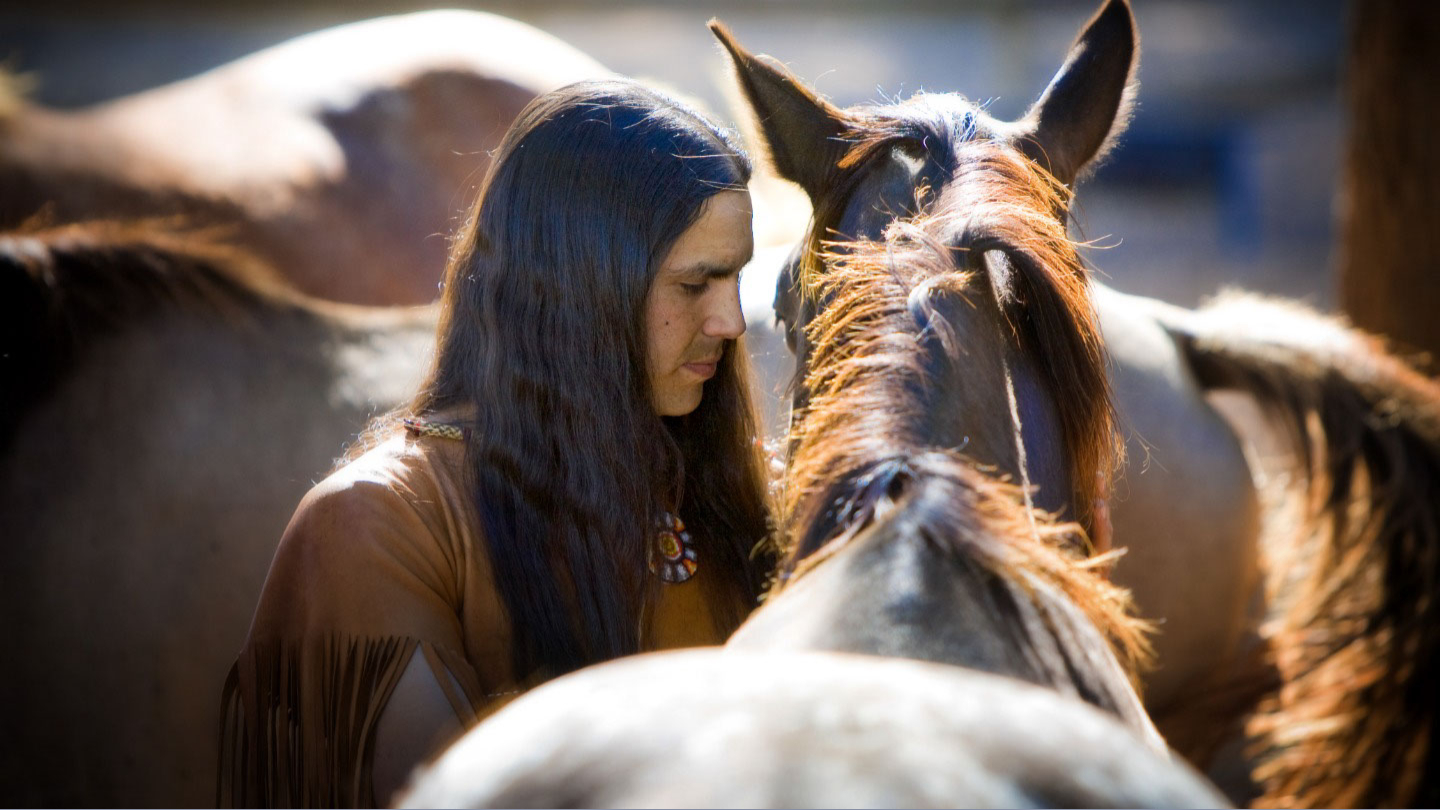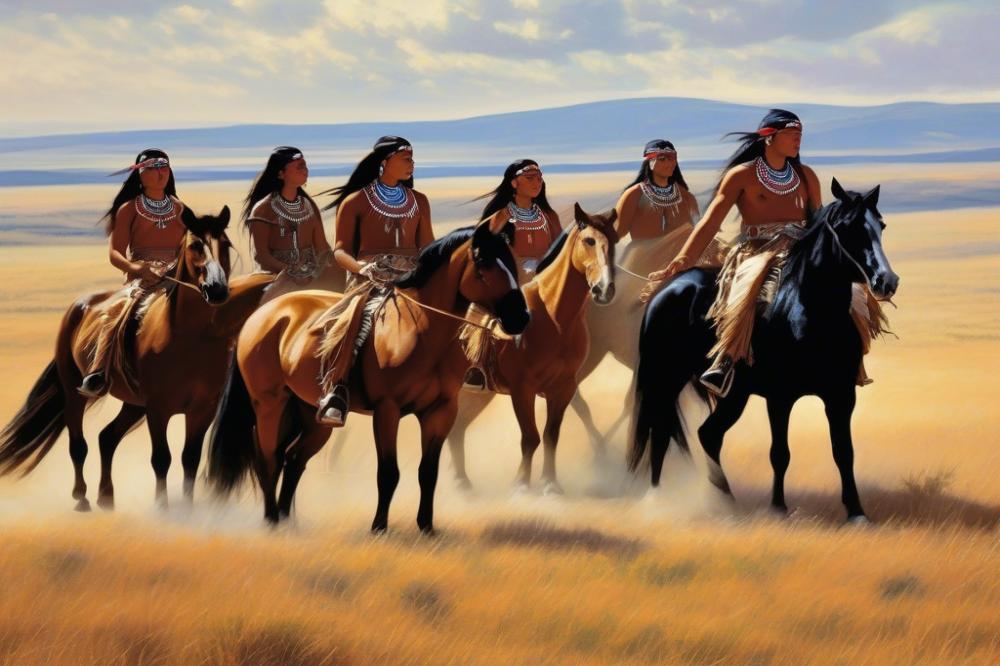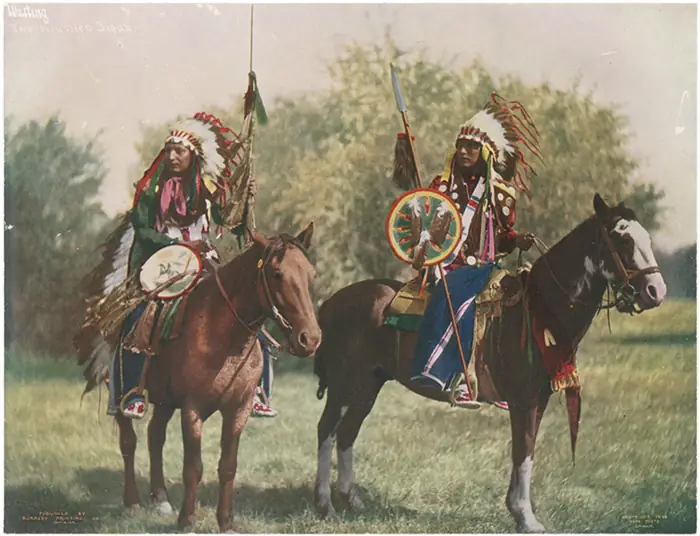
The Galloping Heartbeat: Native American Tribal Horse Culture from Spanish Introduction to Enduring Integration
The arrival of the horse in the Americas was not merely the introduction of a new animal; it was the genesis of a profound cultural revolution, a seismic shift that reshaped the destiny of numerous Native American tribes. From their initial awe and fear of these magnificent beasts ridden by the Spanish conquistadors, Indigenous peoples rapidly integrated horses into every facet of their existence, transforming their hunting, warfare, trade, and spiritual life. This remarkable adaptation forged an indelible bond, turning the horse from a foreign creature into the very heartbeat of many tribal cultures, a legacy that continues to resonate today.
Before the horse, life for most Native American tribes, particularly those of the vast Plains, was dictated by foot travel. Hunting the immense buffalo herds was an arduous, often dangerous endeavor, relying on stealth, communal drives, or precarious cliff ambushes. Warfare was localized, and trade routes were limited by human endurance. The advent of the horse, however, promised a paradigm shift, an acceleration of life that would redefine freedom and power.
The first horses to set hoof on American soil arrived with Christopher Columbus in 1493, though their impact on Indigenous populations was initially localized. The true catalyst for widespread horse integration came with the Spanish conquistadors, notably Hernán Cortés in Mexico and Francisco Vázquez de Coronado, whose expeditions into the American Southwest in the mid-16th century brought horses into direct, albeit often violent, contact with Native peoples. Initially, the Spanish maintained strict control, viewing horses as strategic military assets and symbols of their dominance. Laws forbade Native Americans from riding or owning horses, with severe punishments for transgression. The sight of a mounted Spaniard, combining human and beast into an imposing, swift entity, instilled both terror and fascination.
Yet, control was destined to fail. Horses inevitably escaped, were traded, or, critically, were acquired through conflict. The Pueblo Revolt of 1680 stands as a pivotal moment. When the Pueblo peoples of New Mexico successfully rose against Spanish rule, they seized thousands of horses, dispersing them rapidly northward through trade and tribal exchange. This event marked a watershed, unleashing a torrent of equine power across the continent. Within a generation, horses spread like wildfire, carried by the hands of eager traders and raiders, reaching the Northern Plains by the early 18th century.
The acquisition of the horse sparked an unprecedented transformation. For the Plains tribes—the Lakota, Cheyenne, Comanche, Crow, and Blackfeet, among others—it was nothing short of a revelation. The horse fundamentally reshaped their economy, social structure, and very identity.

Revolutionizing Life on the Plains:
- Hunting: The buffalo hunt, central to Plains existence, was utterly revolutionized. What once required elaborate, often dangerous communal drives or individual stealth, now became a mounted pursuit. A skilled rider could ride alongside a galloping buffalo, bringing it down with arrows or lances with efficiency and precision. This meant more successful hunts, more meat, hides, and bone, leading to greater prosperity and population growth.
- Mobility and Shelter: The horse enabled tribes to cover vast distances quickly, following the migratory buffalo herds and exploiting a wider range of resources. This enhanced mobility allowed for larger tipis, as their heavy lodgepoles and hide coverings could now be easily transported by travois—a triangular frame dragged by a horse. A more portable, comfortable home meant a more adaptable and prosperous nomadic lifestyle.
- Warfare: Horses transformed warfare from localized skirmishes to strategic, wide-ranging campaigns. Mounted warriors could execute swift raids, strike deep into enemy territory, and retreat with incredible speed. Prestige in battle became inextricably linked to horsemanship, bravery in mounted combat, and the daring act of "counting coup" on an enemy while on horseback. The Comanche, for instance, became legendary as fearsome mounted warriors, dominating the Southern Plains for generations, their mastery of the horse making them virtually unassailable.
- Trade and Wealth: Horses themselves became a primary commodity, a form of currency. Tribes renowned for their horsemanship and breeding, like the Nez Perce, traded their superior stock for goods. Increased mobility also facilitated trade over longer distances, bringing a greater variety of goods and ideas to remote communities. Wealth was often measured by the size and quality of a man’s horse herd.
Beyond its utilitarian value, the horse rapidly integrated into the spiritual and cultural fabric of Native American life. It became more than a beast of burden; it was a companion, a symbol of freedom, power, and even a spiritual guide. Many tribes developed creation stories and legends incorporating horses, viewing them as sacred beings or spirit helpers.
A Sacred Bond: Cultural and Spiritual Integration:

- Symbolism and Art: Horses adorned with eagle feathers, painted with spiritual symbols, and bedecked in elaborate bridles and saddle blankets became common sights. They featured prominently in ledger art, parfleche designs, and rock carvings, depicting hunts, battles, and ceremonies. These artistic representations were not mere decoration but imbued with meaning, celebrating the horse’s power and connection to the spirit world.
- Ceremony and Ritual: Horses played a role in various ceremonies, from sun dances to vision quests. Prayers were offered for their well-being, and blessings were bestowed upon them. A warrior might seek guidance from his "spirit horse" in a dream or vision. The bond was so profound that a Cheyenne proverb states, "A man without a horse is like a bird without wings."
- Breeding and Horsemanship: Tribes like the Nez Perce became master breeders, selectively breeding for speed, endurance, and distinctive markings, resulting in the iconic Appaloosa. Their sophisticated understanding of genetics and training methods was unparalleled. Horsemanship was a highly valued skill, taught from a young age, with children often learning to ride before they could walk properly.
- Horse Stealing as a Rite of Passage: The act of "horse stealing" among some Plains tribes was not mere theft in the Western sense, but a highly ritualized act of bravery, skill, and a legitimate means of acquiring wealth and status. To ride into an enemy camp and lead away their finest horses under the cover of darkness was a testament to a warrior’s courage and cunning, earning him immense respect within his community.
The zenith of tribal horse culture, spanning roughly from the early 18th century to the late 19th century, was a period of vibrant adaptation and prosperity for many Indigenous nations. However, this era was tragically cut short by the relentless westward expansion of the United States. The reservation system, the decimation of the buffalo herds, and deliberate U.S. government policies aimed at breaking tribal resistance often included the wholesale slaughter of Native American horses. Thousands were killed, seen as a direct threat to control and a symbol of Indigenous freedom. This forced severance from their equine partners was a devastating blow, contributing significantly to the cultural trauma of the era.
Yet, the spirit of the horse could not be extinguished. In the 20th and 21st centuries, there has been a powerful resurgence of Native American horse culture. Tribes like the Nez Perce have actively worked to revive their ancestral Appaloosa breeding programs, ensuring the survival of this unique lineage. The Lakota Sioux are involved in preserving the "Lakota Mustang," a direct descendant of the Spanish horses that transformed their ancestors’ lives. Contemporary events like powwows, rodeos, and cultural demonstrations proudly feature horsemanship, celebrating the enduring connection. Horse therapy programs are also being used to help tribal members heal from intergenerational trauma, finding solace and strength in the ancient bond.
The Native American tribal horse culture is a testament to extraordinary human adaptability and the profound, transformative power of interspecies connection. From the initial awe inspired by Spanish mounts to their full integration as spiritual companions, economic engines, and symbols of sovereignty, the horse became intrinsically woven into the tapestry of Indigenous life. Though challenged by centuries of conflict and displacement, the galloping heartbeat of tribal horse culture endures, a powerful symbol of resilience, cultural pride, and an unbreakable legacy that continues to ride into the future.

